Designed for high speeds and low pings.
In a perfect world, all of us would have a dedicated fiber connection straight to our gaming PC or console; but most of us are stuck sharing. The TP-Link Archer GX90 is a tri-band gaming router that leverages tri-band Wi-Fi 6 tech to keep your game connection running smoothly, even when you have to share your connection with the entire family. It has Wi-Fi 6, security software, parental controls, a Game Accelerator configuration, and (of course) bright red accents.
With an unboxing experience that includes achievements, the Archer GX90 provides everything you need to get excellent performance, whether you're gaming or not. With eight antennas sticking straight up, it looks a bit like a spider that fell over — which will appeal to some people more than others. Most importantly, you can ensure that your ping stays low in games, even when you have to share your connection. TP-Link called upon its experience making some of the best Wi-Fi 6 routers to create the GX90.
TP-Link Archer GX90
Bottom line: The Archer GX90 from TP-Link is a gaming-focused AX6600 tri-band router with plenty of speed for everyday computing the software needed to keep gaming connections fast and consistent. You also get advanced parental controls and free network security with HomeCare.
The Good
- Great tri-band Wi-Fi 6 speeds
- Good coverage
- Great software with Tether and Game Accelerator
- Good build quality
The Bad
- Speeds slow with Game Accelerator, even if you're not gaming
- The gamer design isn't a good fit for many homes
TP-Link Archer GX90: Price and availability
The TP-Link Archer GX90 router was first available in mid-September 2021 with a suggested price of $249.99. This price is one of the lowest I've seen for an AX6600 router, including other routers from TP-Link. It's available worldwide, including in most countries in North America, Europe, and Asia. Notably, it isn't available in India yet.
TP-Link Archer GX90: What's good
The TP-Link Archer GX90 is an AX6600 WI-Fi 6 router with three bands and support for 160MHz on one 5GHz band. The 2.4GHz band is capable of a maximum speed of 574Mbps, while the lower 5GHz band can deliver 1201Mbps. The higher 5GHz band is the designated gaming band and is capable of up to 4804Mbps utilizing a 160MHz DFS connection. Altogether, this router can easily handle dozens of devices with simultaneous connections.
All of this power is housed in a rather large box with eight red and black antennas sticking uniformly out of the top. This simple design allows for plenty of ventilation on the top and bottom, enabling passive cooling for its quad-core 1.5GHz CPU. There's a single status light right in the middle and, thankfully, no RGB. Despite the bright red decorations, the design is actually quite subtle for a gaming-focused device.
On the back, or rather, one side of the device are four gigabit Ethernet ports for LAN, plus a 2.5Gbps port for WAN. If you want, the 2.5Gbps port can be configured for LAN with a gigabit port acting as WAN. On the right side, there are two USB Type-A ports, one 2.0, and one 3.0. After seeing USB-C on the older Archer AX6000, I would have preferred the modern connection over one of the type-A ports.
For the first time, I've been impressed with the unboxing experience of a router. Eero comes close but lacks personality by comparison. Declaring "Let the games begin," the box-art guide presents you with six steps disguised as achievements. You can get three achievements simply by following the instructions and plugging in the router to the power and your modem. The remaining three are for enabling Game Accelerator and Game Protection in the Tether app.
I should have received eight more achievements for connecting the antennas, which all come disconnected and individually wrapped. It only takes a few seconds per antenna to plug each in, but I think a folding design like the original Archer AX6000 would have made a bit more sense.
Now that I've got my platinum trophy in router setup, I moved on to look at its speeds. To begin, I leave Game Accelerator disabled, then manually set the second 5GHz band to 160MHz with DFS, so my gaming PC and 160MHz-capable Asus Zenfone 8 could make the most of it. DFS typically runs at 80MHz by default.
DFS stands for dynamic frequency selection and uses a chunk of extra spectrum available at 5GHz. The problem is that this frequency block can also be used by other devices such as radars. Naturally, it has been decided that gaming is less important than radars; so if an outside signal is detected, your DFS router will immediately vacate the spectrum and settle in on a more traditional channel. Some devices don't like this change and will need to be manually reconnected.
To establish a baseline, I tested the connection with the wider 160MHz 5G-2 band with a 160MHz phone, the Zenfone 8 from Asus. My internet speed has a max download speed of 940Mbps, which this router confidently delivered in two of the three test locations.
Archer GX90, Game Accelerator OFF (160MHz at 5GHz DFS):
| Phone performance | Living room (main router) |
Front room | Bathroom |
|---|---|---|---|
| Zenfone 8 Wi-Fi 6 160MHz |
944 Mbps 942 Mbps |
937 Mbps 941 Mbps |
751 Mbps 738 Mbps |
These results are great but entirely standard for this level of equipment. Moving on to the tests with Game Accelerator switched on, things get a lot more interesting.
Game Accelerator is a QoS configuration that prioritizes gaming connections over everything else. It sets aside some of your bandwidth to be at the ready even if someone is downloading a large file or streaming. I wish this setting were a little less aggressive, but all of these speed results are still more than fast enough for 4K streaming.
Archer GX90, Game Accelerator ON (2.4GHz):
| Phone performance | Living room (main router) |
Front room | Bathroom |
|---|---|---|---|
| Zenfone 8 Wi-Fi 6 160MHz |
85.6 Mbps 78.7 Mbps |
131 Mbps 141 Mbps |
94 Mbps 70.6 Mbps |
| Galaxy S20+ Wi-Fi 6 80MHz |
97.1 Mbps 95.9 Mbps |
71 Mbps 66.6 Mbps |
63.5 Mbps 61.9 Mbps |
| LG G8 Wi-Fi 5 |
95.4 Mbps 81.1 Mbps |
65.8 Mbps 63.8 Mbps |
60.3 Mbps 52.1 Mbps |
Performance on the 2.4GHz band was typical and more than fast enough. Most of our devices should be used with below 5GHz-1 band, reserving 2.4GHz for older devices or home areas with an unreliable signal.
Archer GX90, Game Accelerator ON (80MHz at 5GHz):
| Phone performance | Living room (main router) |
Front room | Bathroom |
|---|---|---|---|
| Zenfone 8 Wi-Fi 6 160MHz |
478 Mbps 517 Mbps |
434 Mbps 431 Mbps |
256 Mbps 221 Mbps |
| Galaxy S20+ Wi-Fi 6 80MHz |
492 Mbps 522 Mbps |
424 Mbps 448 Mbps |
365 Mbps 342 Mbps |
| LG G8 Wi-Fi 5 |
428 Mbps 409 Mbps |
356 Mbps 347 Mbps |
227 Mbps 232 Mbps |
This lower and slower 5GHz band only uses 80MHz with a maximum speed of 1201Mbps per Wi-Fi 6 device. Generally, the results were solid with good consistency. TP-Link intends this band to be used for all of your non-gaming devices, like streaming boxed and cell phones.
Archer GX90, Game Accelerator ON (160MHz at 5GHz DFS):
| Phone performance | Living room (main router) |
Front room | Bathroom |
|---|---|---|---|
| Zenfone 8 Wi-Fi 6 160MHz |
531 Mbps 559 Mbps |
683 Mbps 459 Mbps |
489 Mbps 541 Mbps |
| Galaxy S20+ Wi-Fi 6 80MHz |
563 Mbps 556 Mbps |
630 Mbps 487 Mbps |
374 Mbps 415 Mbps |
| LG G8 Wi-Fi 5 |
478 Mbps 451 Mbps |
457 Mbps 448 Mbps |
375 Mbps 344 Mbps |
The 5G-2 band is intended for all of your gaming devices with the extra capacity to handle large downloads. Since it's separate from the other 5GHz band, there should be less congestion. You can still get the benefits of Game Accelerator on the lower bands, including 2.4GHz; so if you still boot up the Wii U for some competitive Mario Kart 8, you're covered.
Game Accelerator can also identify when a game is being played on a device and adjust accordingly. The Tether app is less detailed for the gaming features, so you'll need to connect to the router through the web browser for the full details. You can get a link to this page under Advanced Settings in the Tether app, which is a nice touch.
Once connected, you'll get access to Game Center with all of your gaming statistics. This includes current bandwidth usage as well as average ping to the router. With Master Chief Collection running on my Windows 10 PC with a Wi-Fi 6 connection, I saw around 2ms of latency. Not too bad.
I'm not much of a competitive gamer, so I booted up to Halo 2 SWAT (on social, of course), and everything ran smoothly — taking into account the infamously iffy quality of Halo 2 netcode. I experienced no lag spikes and no drops.
I took things up another notch and on four separate devices, I opened two livestreams in full resolution, watched the latest Android Central video on YouTube, and streamed music while in a game. The connection continued to work great, though one of my teammates went -16 and cost us the game.
It actually picked up my roommate's Wallpaper Engine as gaming time, leading to a bloated result on one of the PCs.
Even though you use the web browser for finer settings, you'll still want to keep the Tether app handy. Tether offers quick access to basic settings, as well as a big red button to turn on and off Game Accelerator quickly. This will improve your network performance outside of gaming.
Tether also allows you to manage your HomeCare settings. HomeCare is a security suite included with many TP-Link Archer and Deco routers; it provides network security, intrusion protection, and device quarantine. You can also access parental controls here, which are great with scheduling, filters, and profiles. Finally, HomeCare lets you set alternative QoS settings, such as streaming priority.
With so much included, TP-Link may have accidentally built one of the best family routers, even if you ignore the gaming features.
TP-Link Archer GX90: What's not good
One of my concerns is that some people will forget that Game Accelerator is enabled and wonder why their speed tests seem slow. I think TP-Link missed an opportunity for a hardware switch and corresponding notification light. I would have also liked a quick way to check the status without starting up the Tether app. Perhaps a home screen widget for Android could be helpful as a quick toggle. Amazon Alexa is an option for this, but I never feel a desire to stumble through voice commands for an on/off switch — and I don't use Alexa.
As mentioned above, DFS isn't a good solution for everyone. It works most of the time, but I've dropped connections because of it on other routers. In a full-time deployment, I'd take the speed hit for consistency. Perhaps we'll just need to wait for Wi-FI 6E routers to make the most of 160MHz Wi-Fi.
Another thing people might not like is the ostentatious gamer aesthetic. It doesn't bother me, but the bright red antennas do their best to draw attention. It doesn't look bad by any stretch, but it's also far from sophisticated.
One final concern is that the antennas are fully fixed in place. While removable, the included antennas do not tilt in any direction. They also snap on with no threading, so you don't have many options for replacement. If you live in a single-story home, the upright angle of the antennas is perfect; but if you're looking for coverage on a floor above or below, you may not get the connection you expected.
TP-Link Archer GX90: Competition
There is a lot of competition in this category, including from TP-Link itself. The TP-Link Archer AX90 packs many of the same hardware specs with a slightly more grown-up design. Input and output are the same as the GX90, with the same AX6600 tri-band connection. It lacks Game Center but still has a gaming setting for its QoS, more than adequate for most non-competitive gamers. The suggested price is $50 more than that of the GX90.
Asus RT-AX82U is one of my go-to router recommendations for gamers. While it sticks to dual-band Wi-Fi 6, it has enough speed with its AX5400 connection to power through plenty of traffic. Asus's software has every feature under the sun, though it's not quite as accessible to most people. Still, with great gaming and security features, the RT-AX82U is a great WI-FI 6 gaming router.
Netgear Nighthawk XR1000 is the coolest router Netgear has ever made, including the 802.11g router with the big blue light. Its low-poly design has more charisma than a Cybertruck, thanks to a deep red grill. Under the hood, you get an AX5400 dual-band connection that should be plenty for most families. Netgear's gaming software is also great, thanks to its new DumaOS 3.0 operating system and advanced features like geo-fencing.
TP-Link Archer GX90: Should you buy it?
You should buy this if...
- You need perfect ping for wireless gaming
- You want great parental controls
- You need plenty of performance for a large family
You shouldn't buy this if...
- You can run an Ethernet cable instead
- You need mesh expansion
- You don't love the gamer aesthetic
Gaming routers can be used by anyone regardless of how much they game. Not only that, but the same software that makes a router great for gaming can make it great for work-from-home applications like video conferencing. The Archer GX90 strikes a great balance for families, thanks to its software and power; as for gamers, you'll get a better connection if you simply run an Ethernet cable to your modem.
This router supports OneMesh expansion, though TP-Link's selection of OneMesh extenders isn't up to par with Asus, Netgear, or even Linksys. Finally, the gamer aesthetic with its large red antennas won't appeal to many people and will likely fail the spouse test unless they're a gamer too.
The Archer GX90 is a great router, and nearly anyone who buys it will enjoy great speeds and low pings. If you're considering buying a gaming router, you need to remember it's not magic and that your network speeds will suffer if you forget to turn off the Game Accelerator.
Even so, I had reliable uptime the entire time I tested it, even with daily changes in the Tether app. If your household is full of streamers and gamers that all demand the very best connection, this is a great option. The GX90's price is also just right, undercutting much of the competition with just the right features included. It may look like an upturned spider on your shelf, but at least it's a cool venomous spider with bright red legs.
TP-Link Archer GX90
Bottom line: The Archer GX90 is a cool router with great performance, whether you're a gamer or just live with one. The powerful AX6600 tri-band connection can keep up with multiple 4K streams with ease, and the software makes sure to keep gaming traffic where it should be — first in line.
from Android Central - Android Forums, News, Reviews, Help and Android Wallpapers https://ift.tt/3lOGeHy
via IFTTT

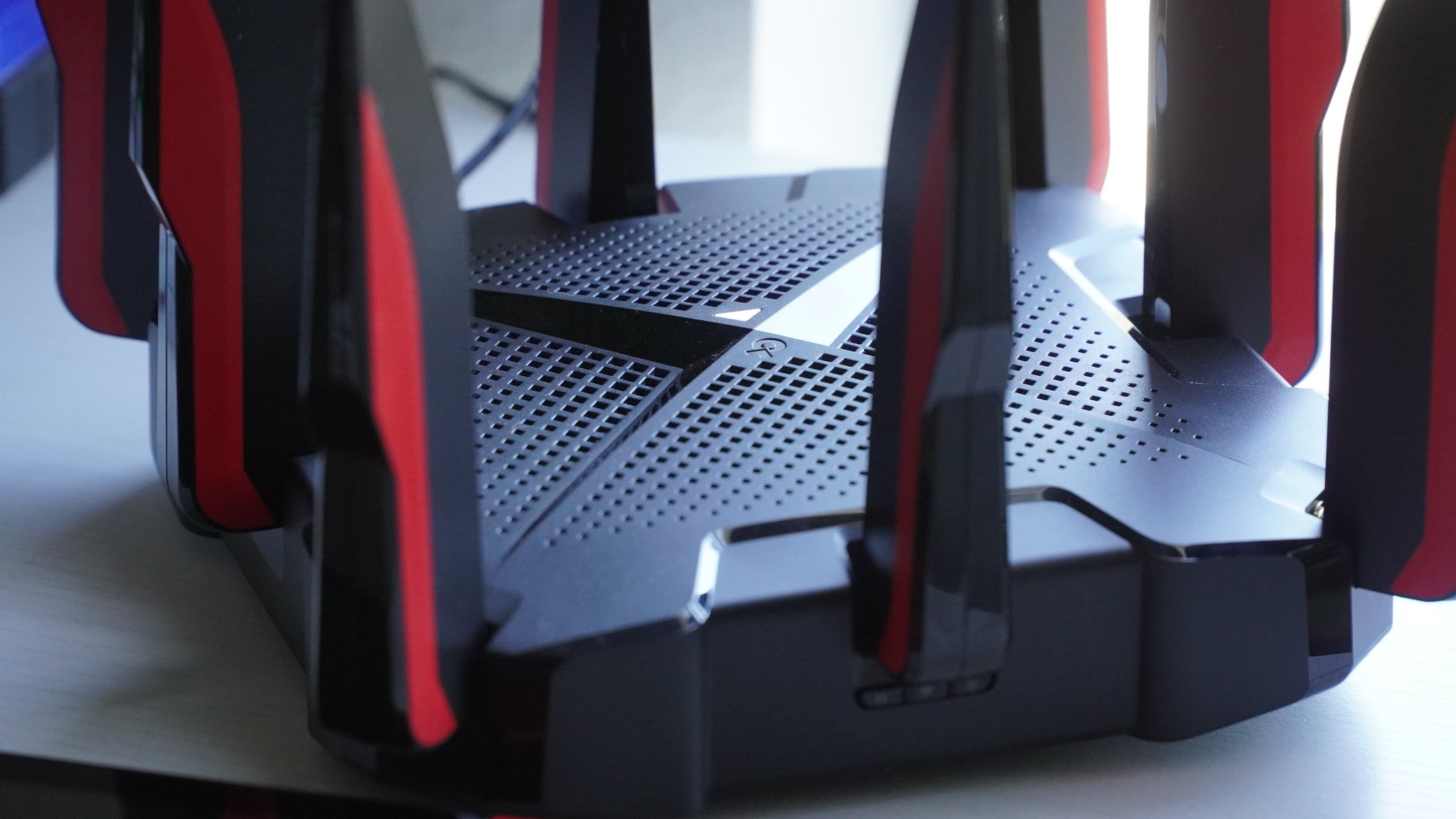
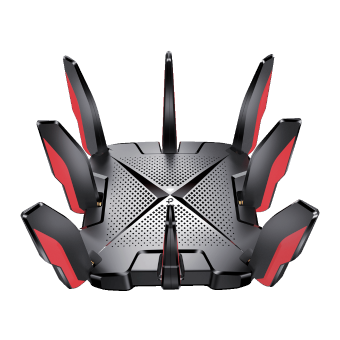
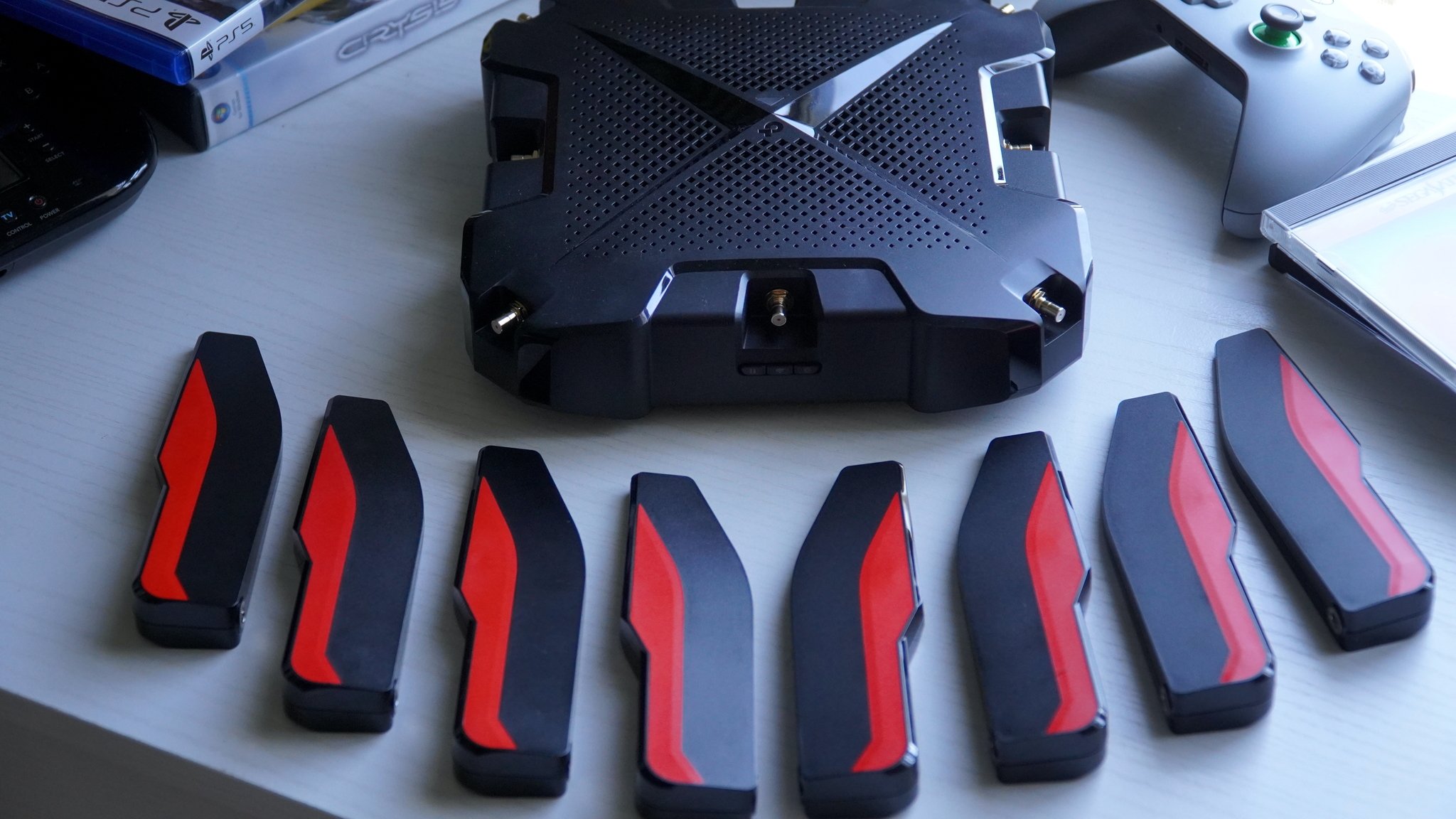
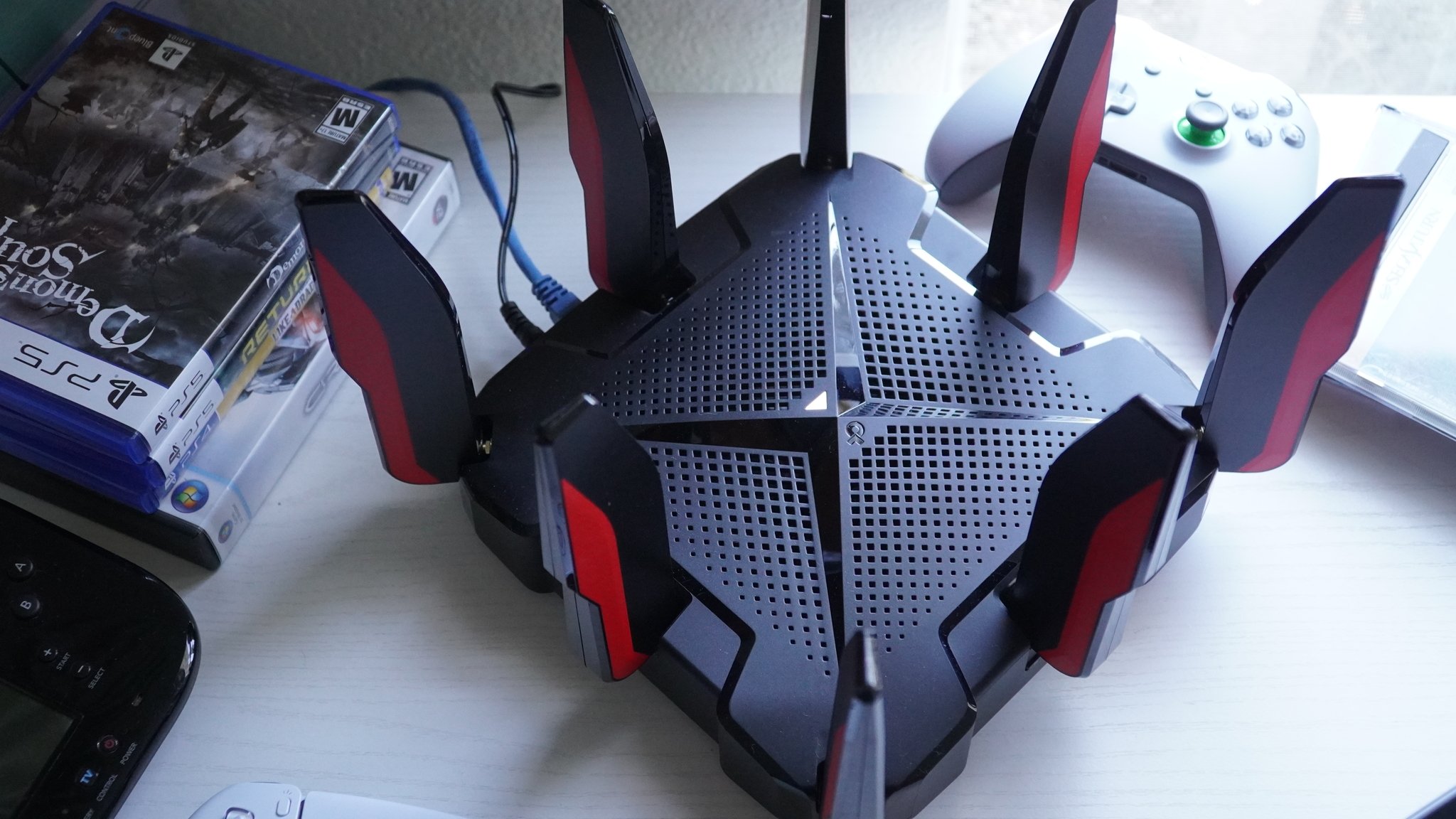
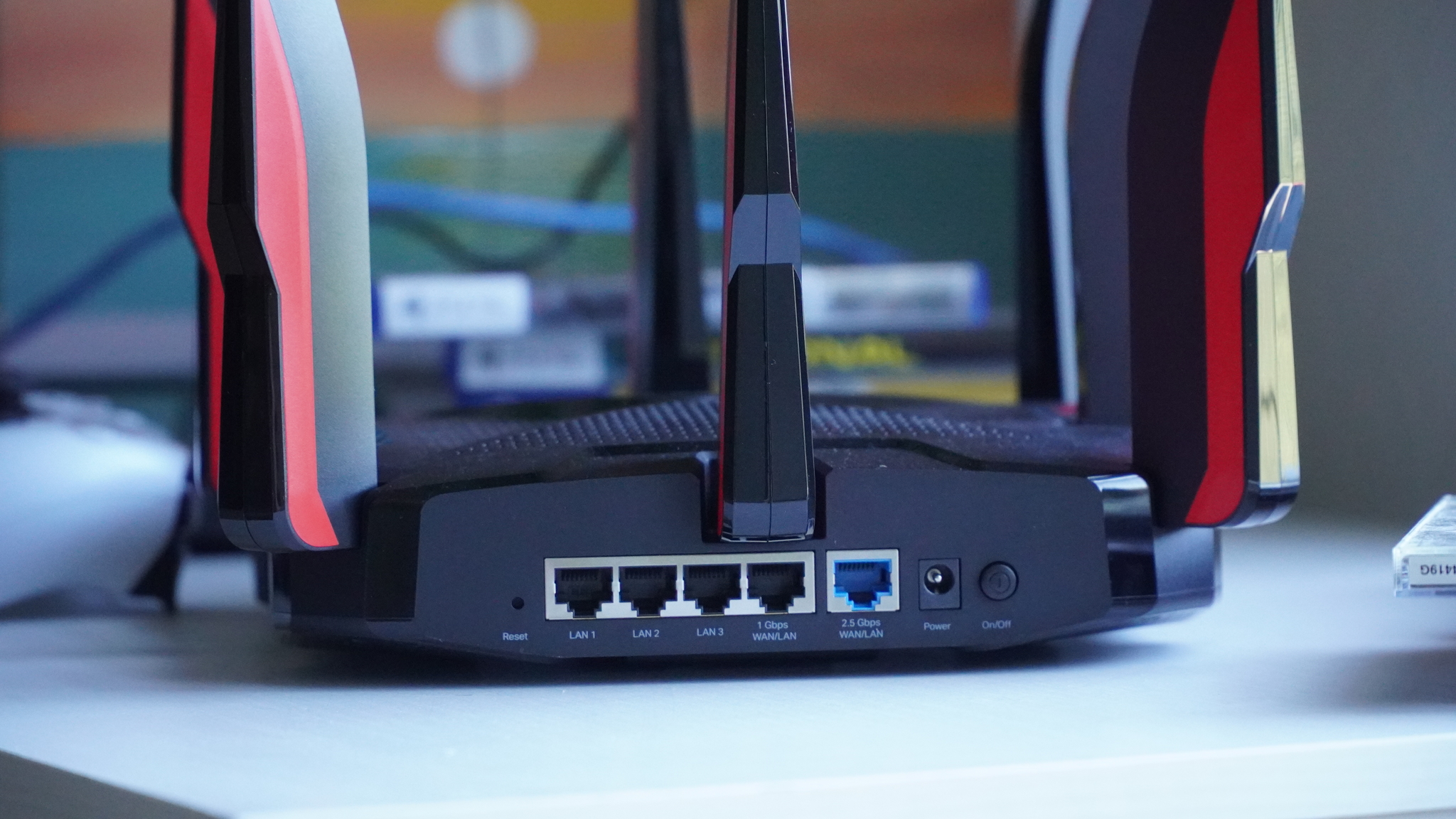
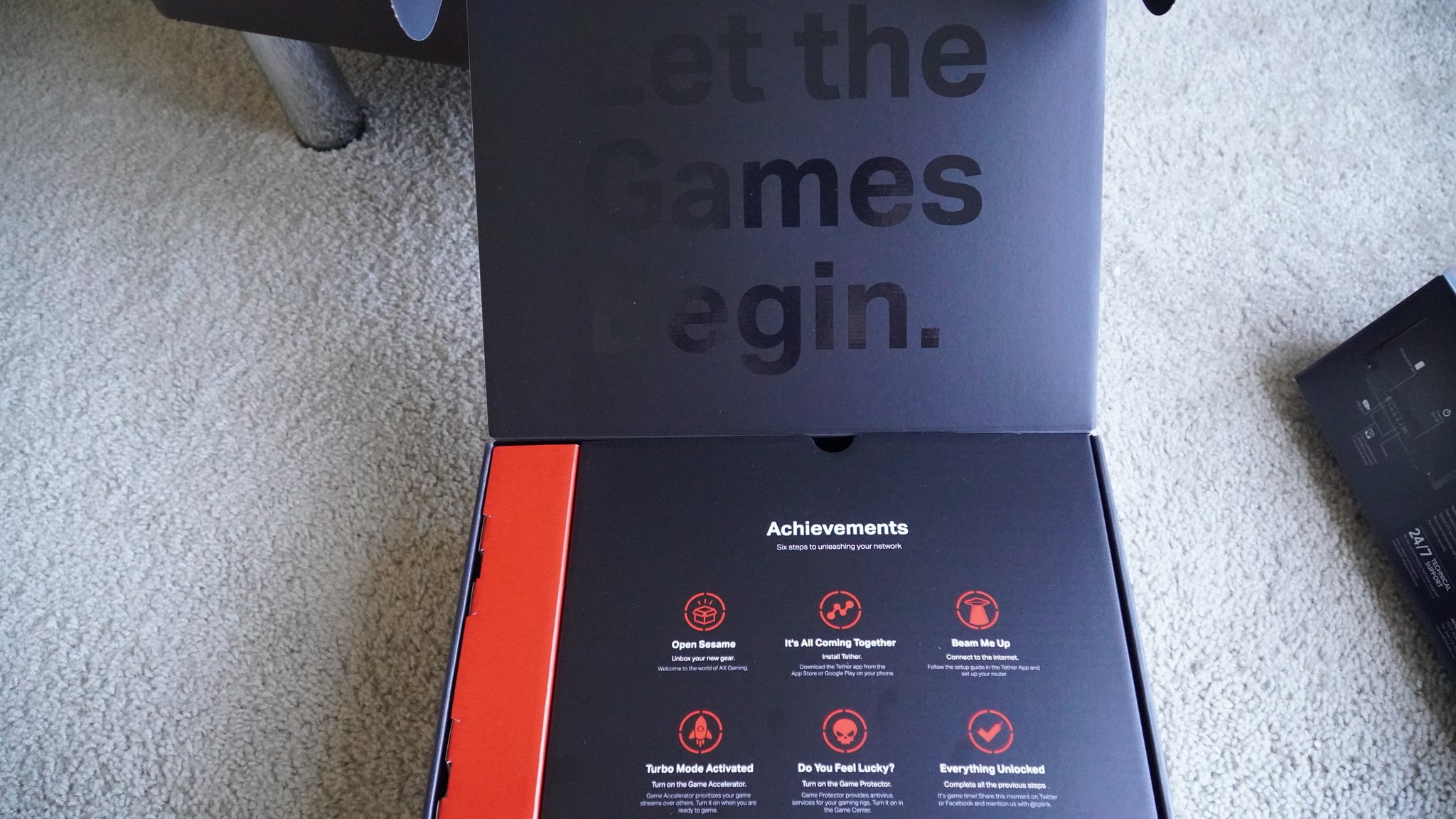
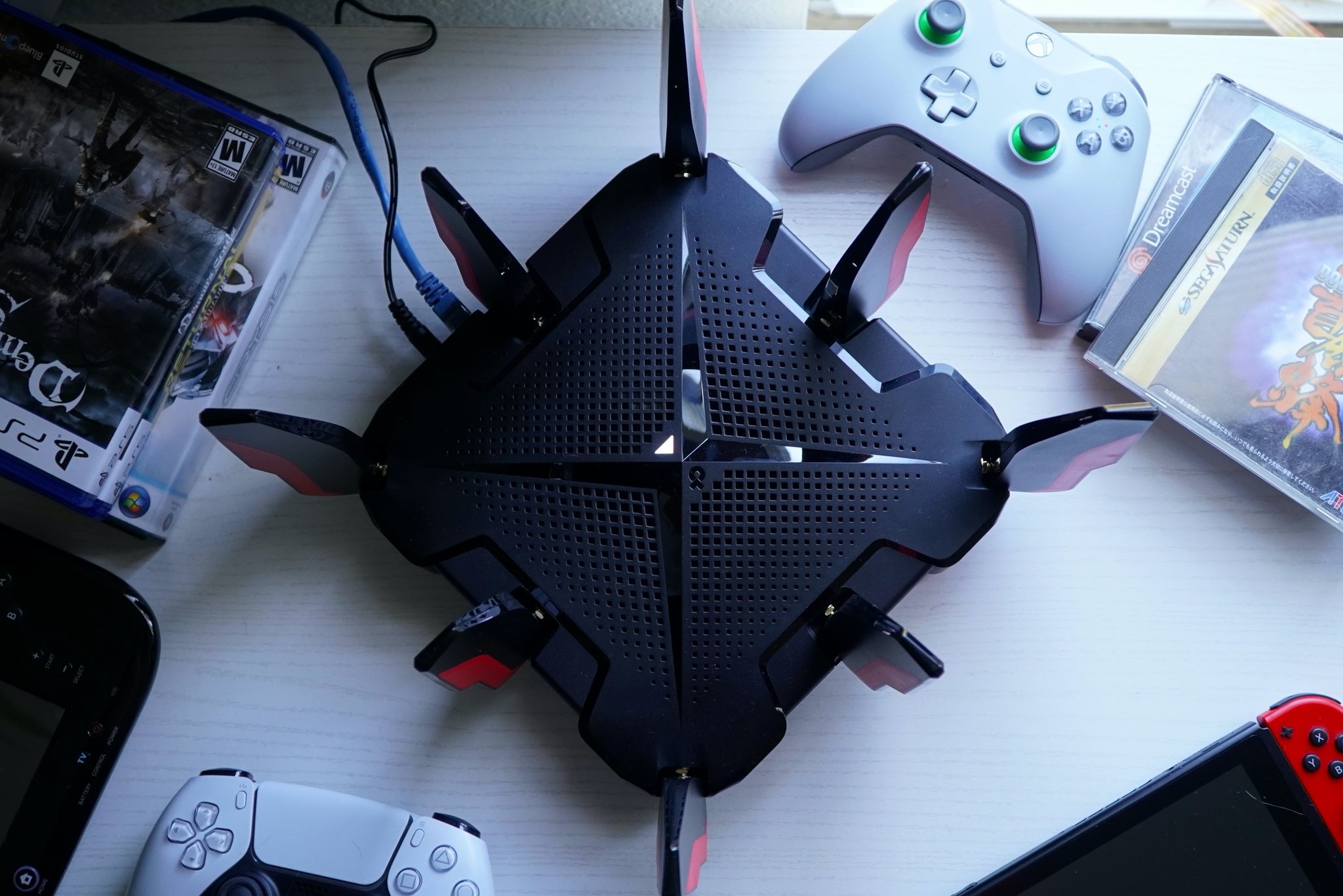
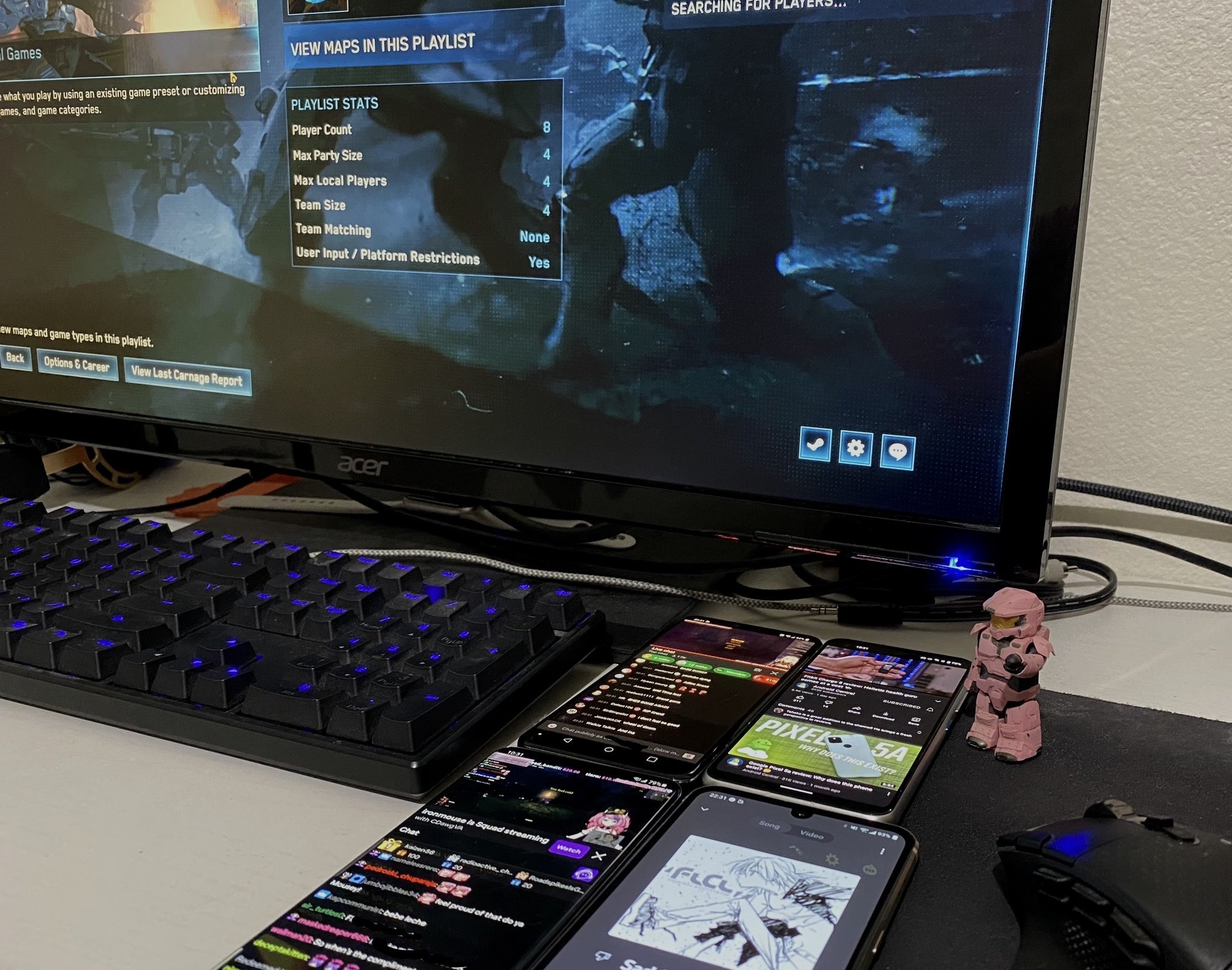
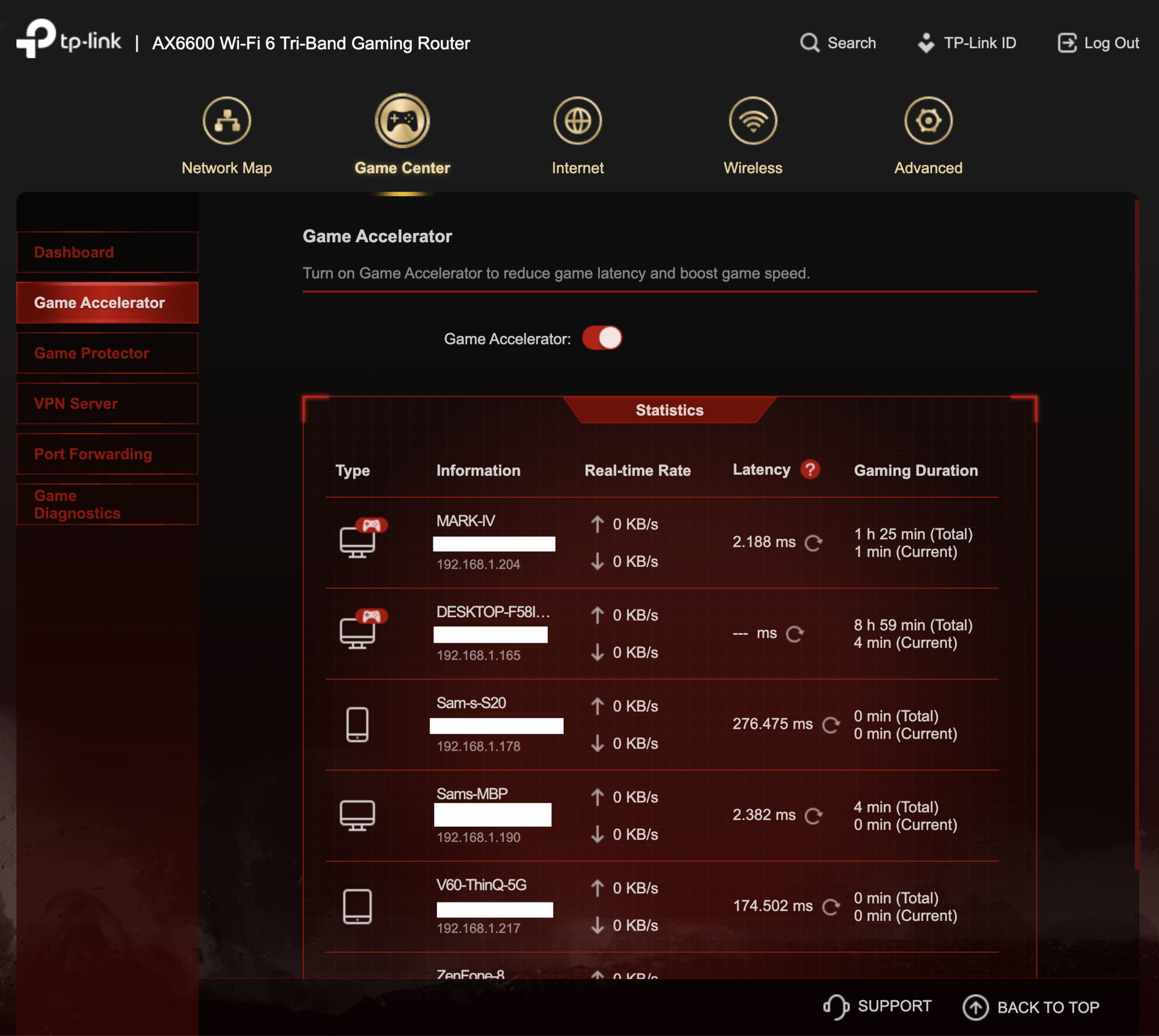
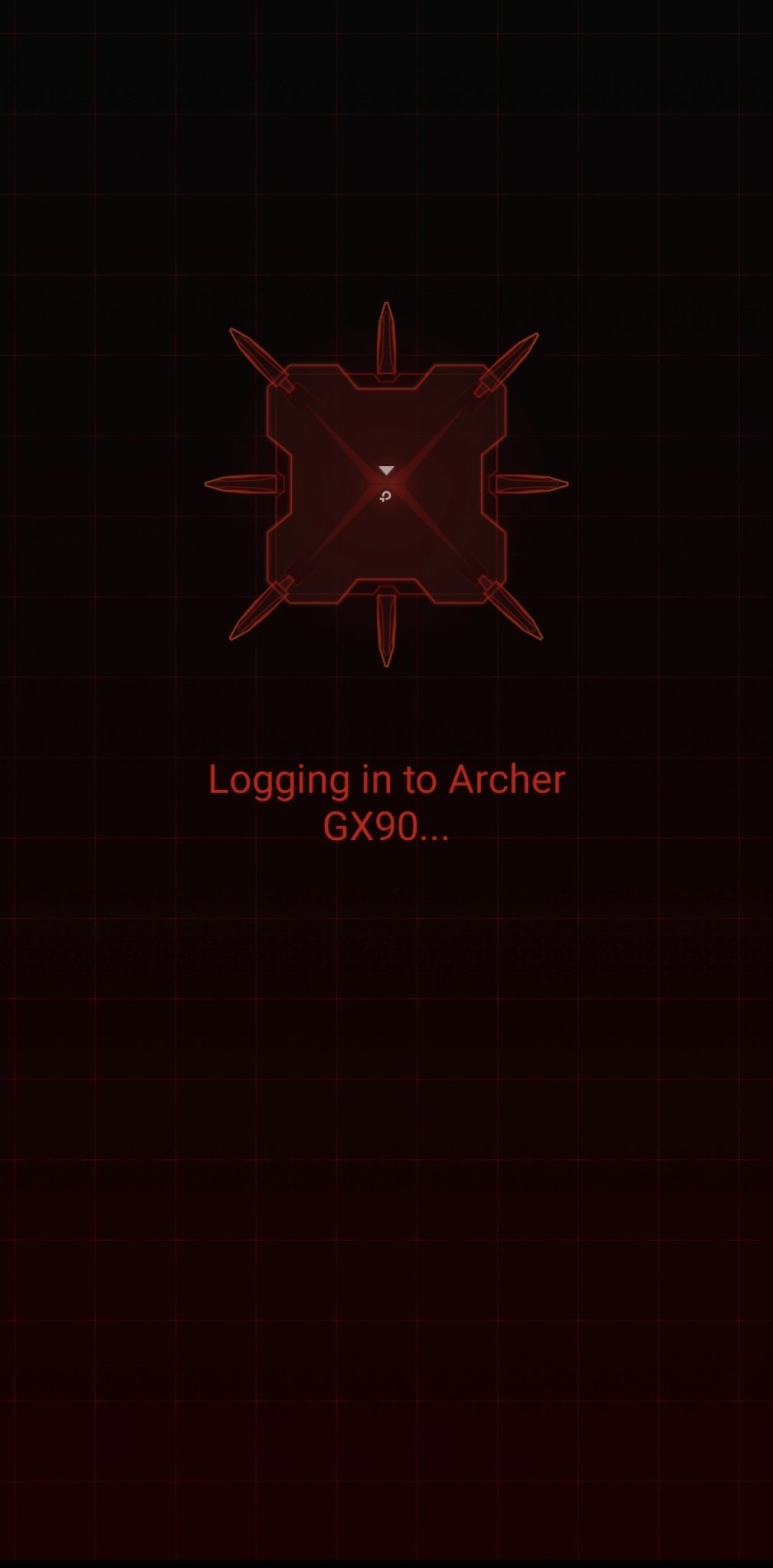
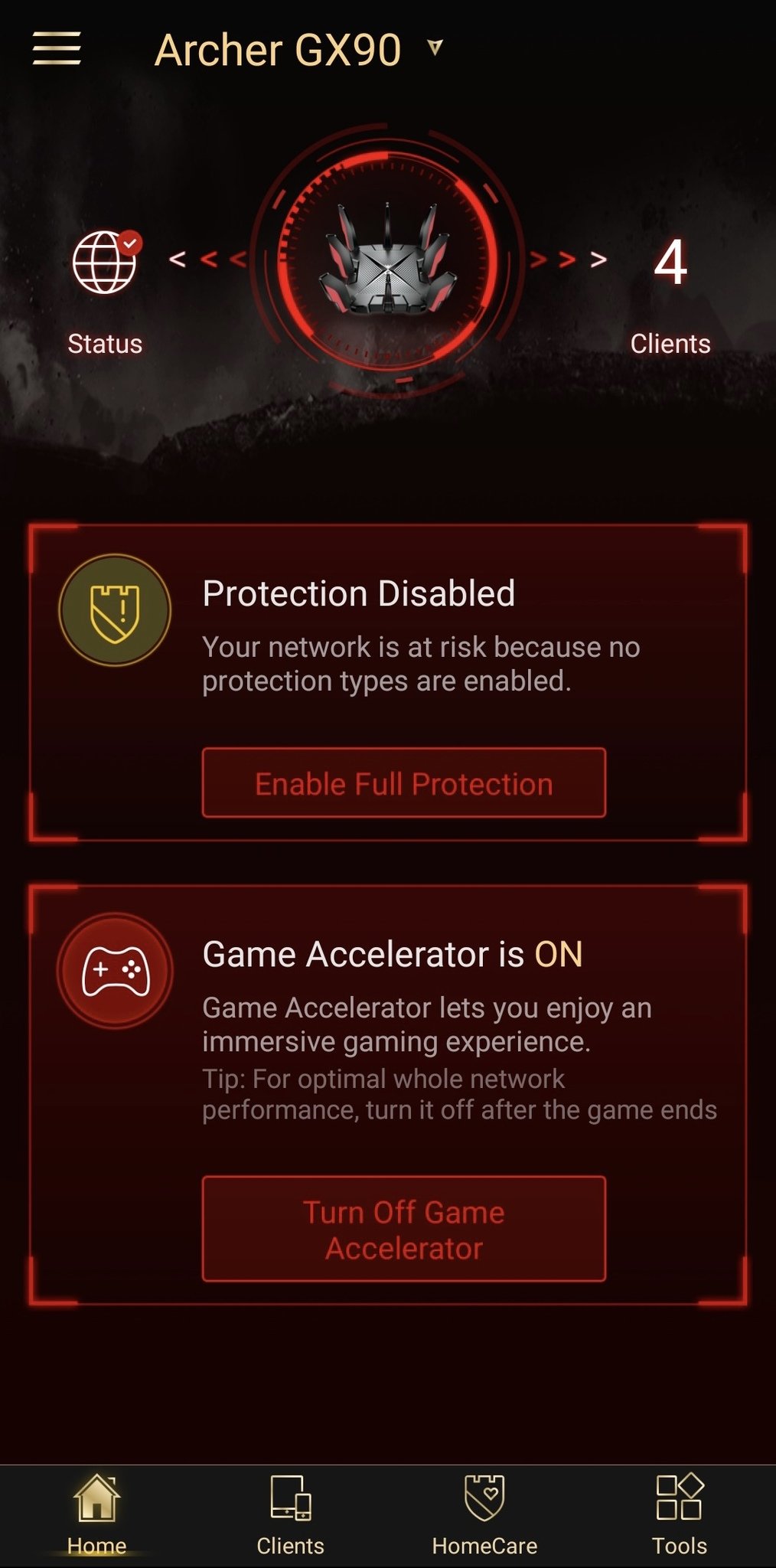
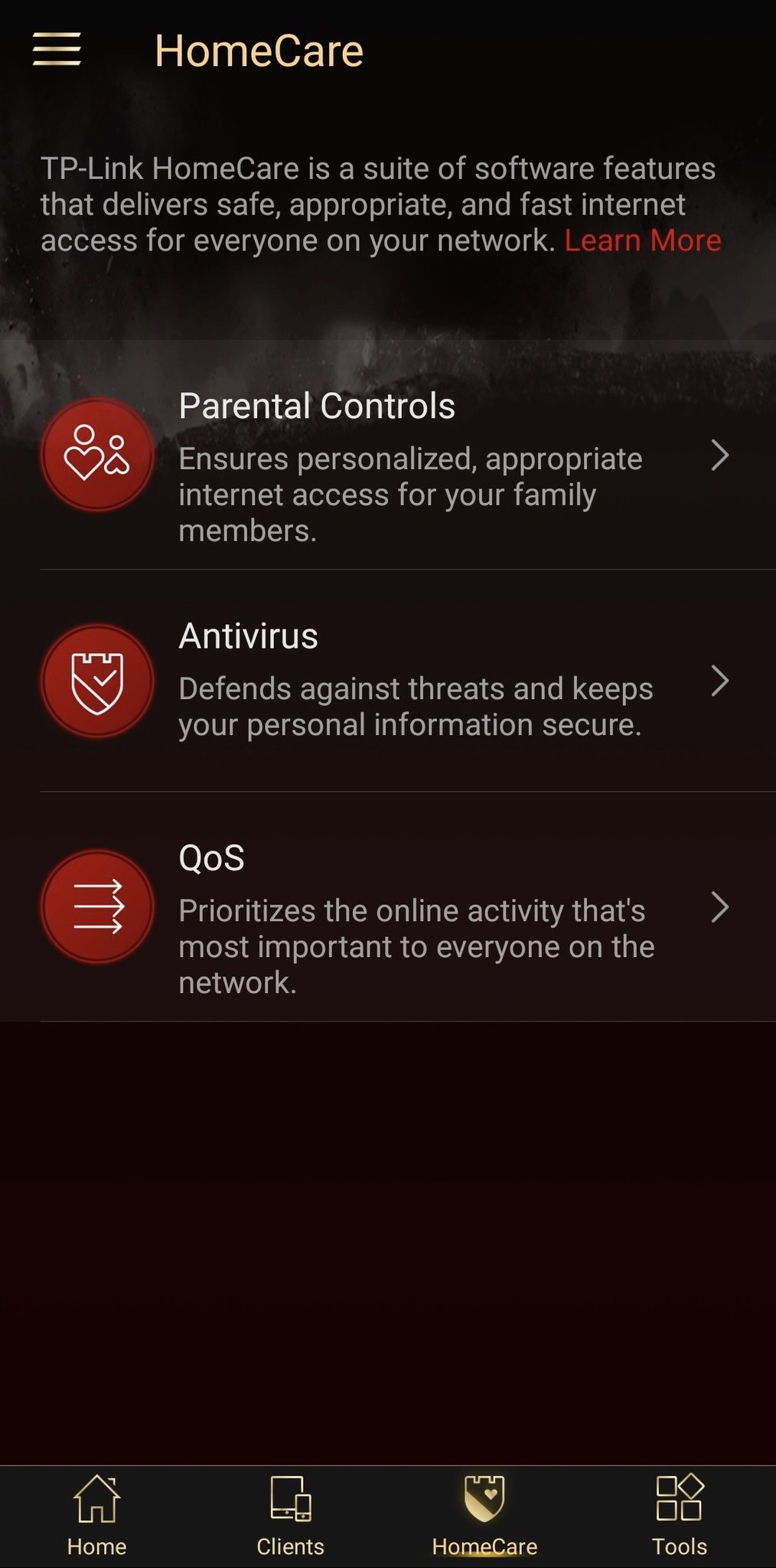
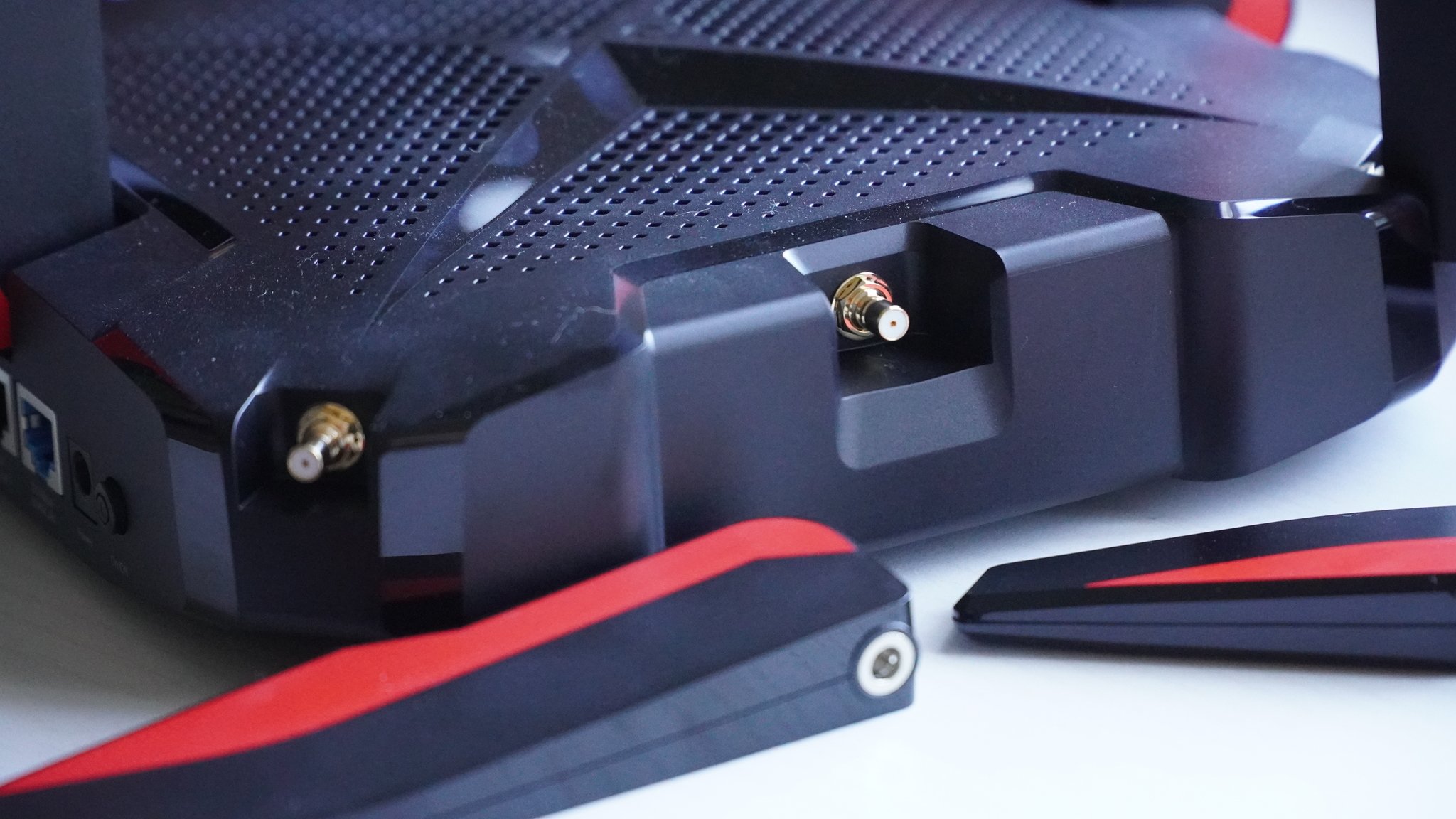
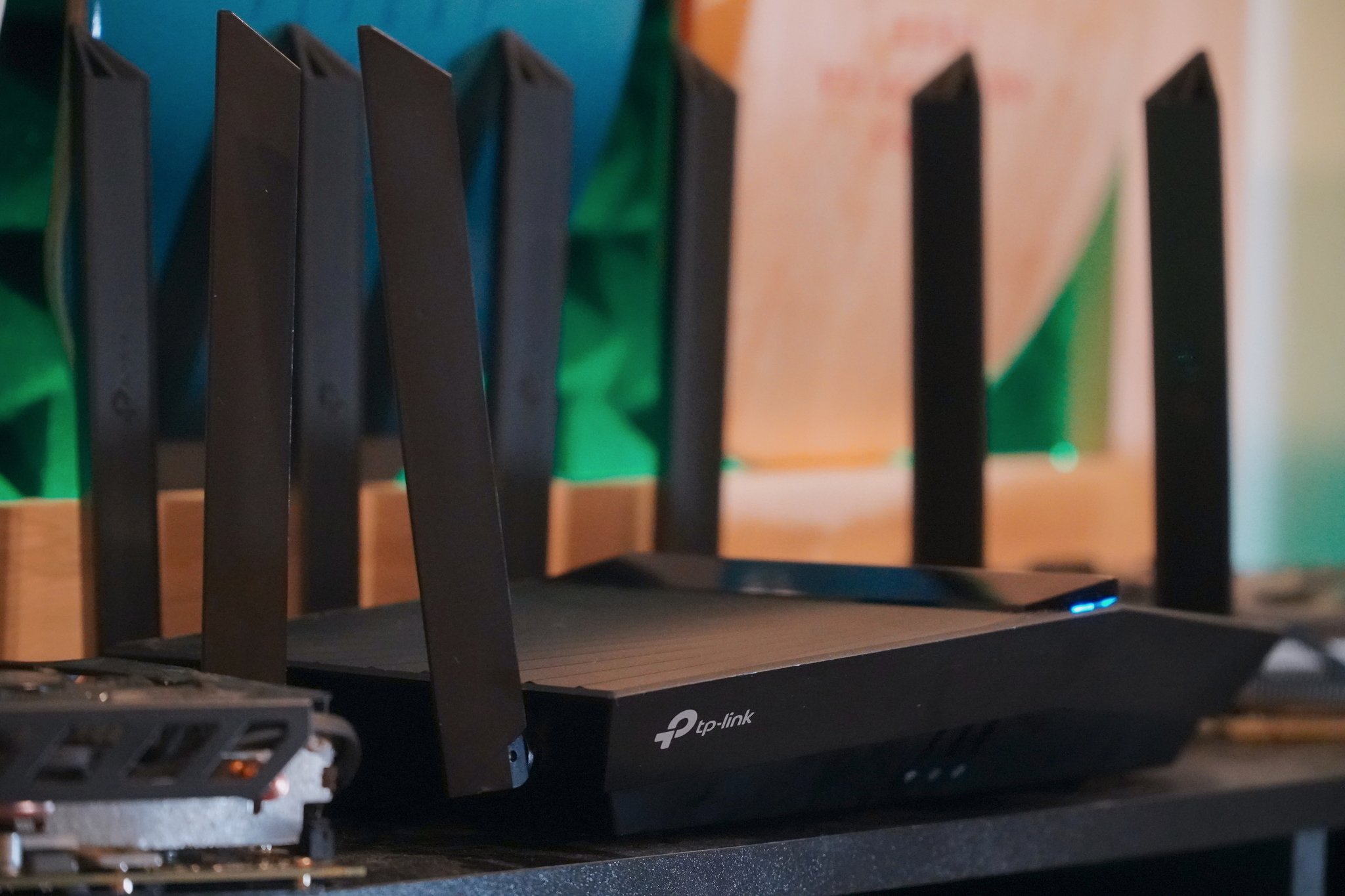
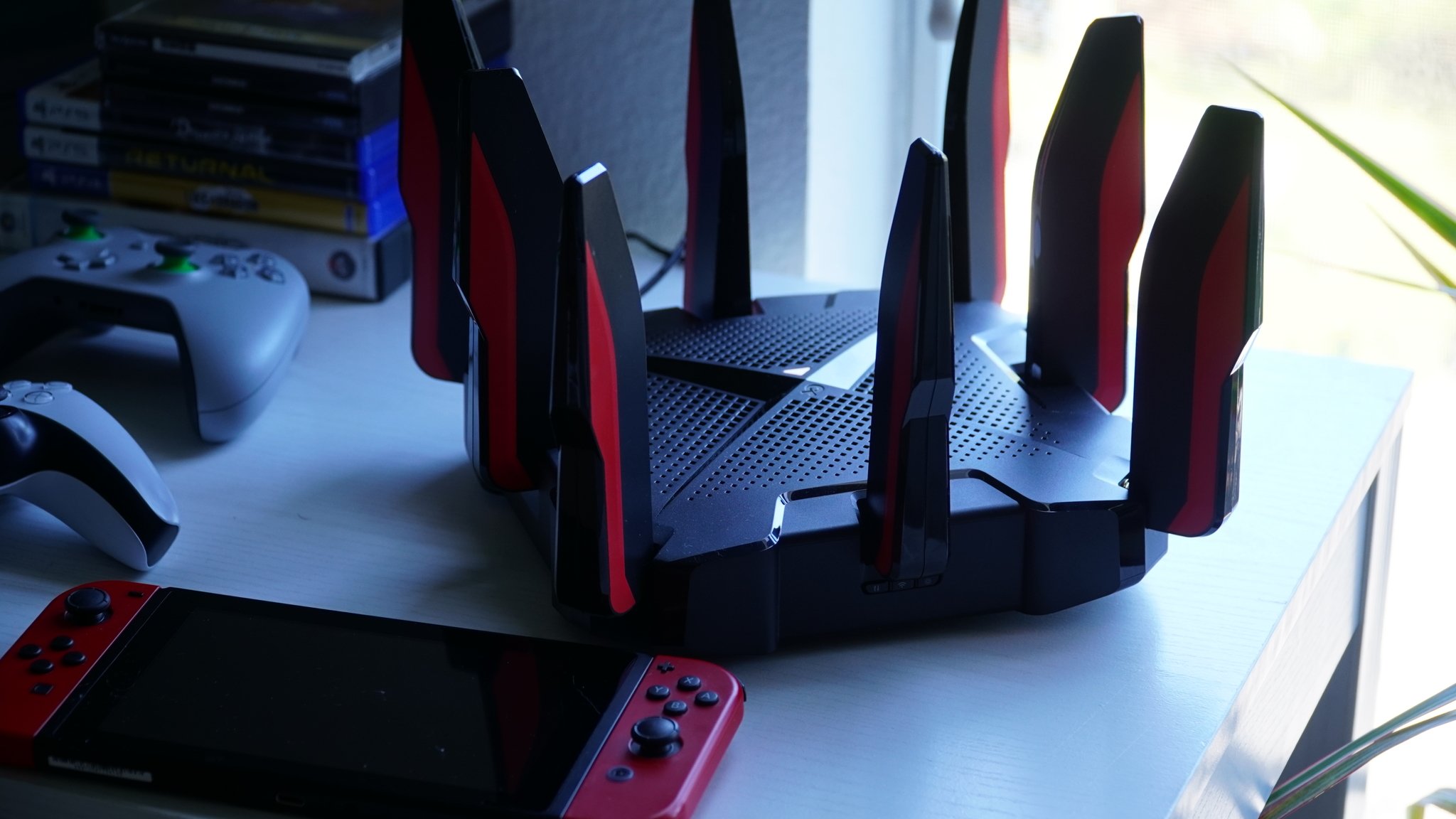
Aucun commentaire:
Enregistrer un commentaire